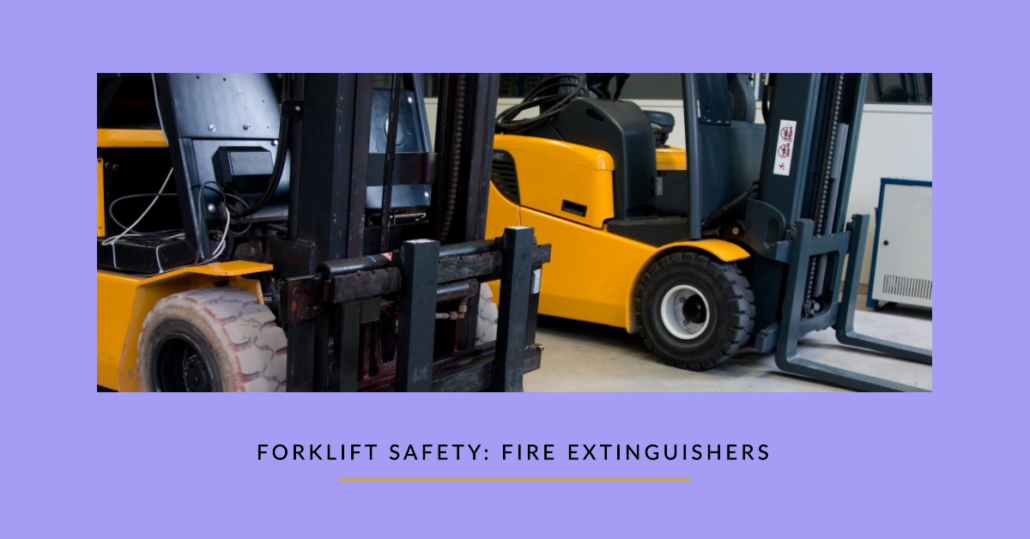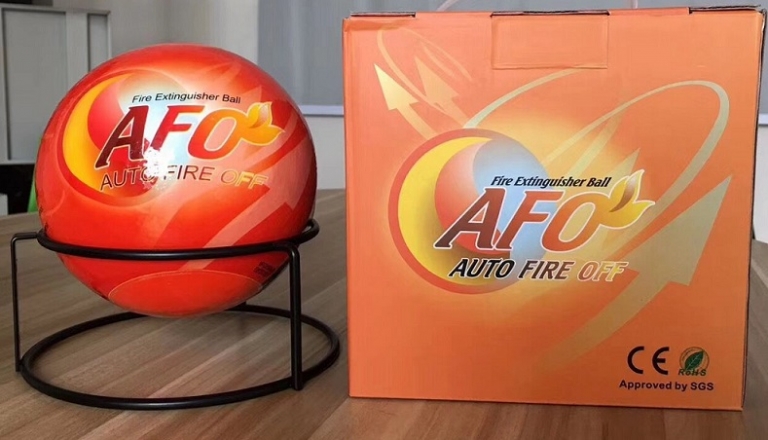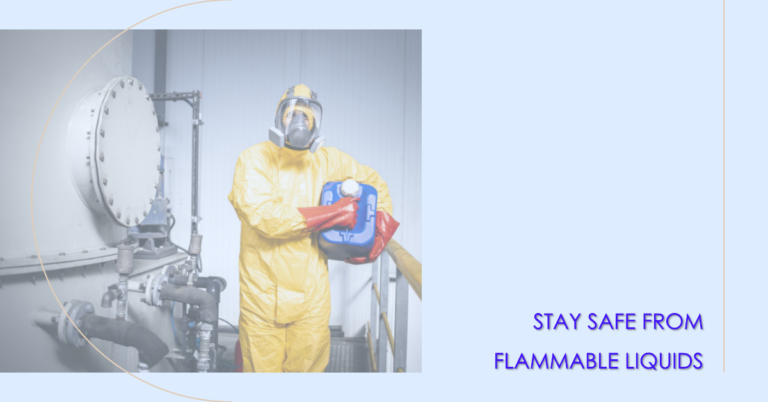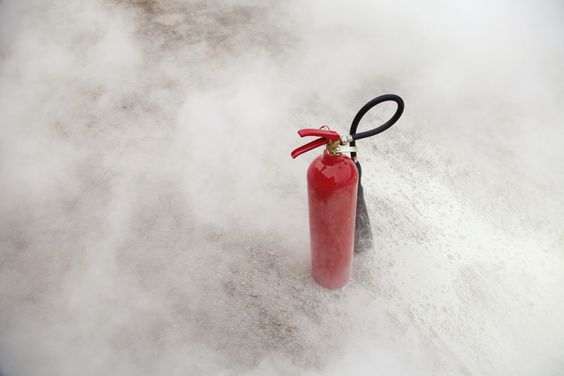Last Updated on March 25, 2024 by Allen
Yes, fire extinguishers are required on forklifts to comply with safety regulations. It’s important to have them easily accessible and regularly inspected for full functionality. Training on using fire extinguishers is critical for fast responses during emergencies. Different types suit various fire hazards, like ABC Dry Chemical or CO2 extinguishers. Proper placement guarantees quick access, and regular maintenance is key for effectiveness. Equipping forklifts with the right extinguisher is essential for safety.

Safety Regulations for Forklift Fire Extinguishers
Do you know the specific safety regulations regarding fire extinguishers on forklifts? It’s important to make sure that forklifts are equipped with the necessary fire safety measures to prevent and combat potential fires.
According to OSHA regulations, forklifts must have a fire extinguisher securely mounted in an easily accessible location. The fire extinguisher should be inspected regularly to guarantee it’s fully charged and in good working condition.
Proper training on how to use the fire extinguisher effectively in case of a fire emergency is also vital. Remember, quick and appropriate action can make a significant difference in containing a fire and ensuring the safety of everyone in the vicinity.
Stay informed and prepared to handle any fire-related situations that may arise while operating a forklift.
Fire Extinguisher Requirements
Selecting the appropriate type of fire extinguisher is essential for ensuring the safety of forklift operators and the workplace environment. When it comes to fire extinguisher requirements for forklifts, consider the following:
- ABC Dry Chemical Fire Extinguishers: Effective for combating various types of fires, including those involving flammable liquids, electrical equipment, and combustible materials.
- CO2 Fire Extinguishers: Suitable for fires involving flammable liquids and electrical fires, as they leave no residue, making them ideal for areas where cleanup needs to be minimized.
- Water Mist Fire Extinguishers: Safe to use on Class A, B, and C fires, these extinguishers are environmentally friendly and leave no residue.
- Halon Fire Extinguishers: Effective for Class A, B, and C fires, Halon extinguishers are ideal for situations where minimal damage to equipment is essential.
Extinguisher Size and Type
Given the specific fire hazards in forklift operations, it is crucial to match the appropriate size and type of fire extinguisher to ensure effective fire suppression. When choosing a fire extinguisher for a forklift, consider the types of fires that could occur, such as those involving fuel, electrical components, or other materials in the warehouse environment. Here are some common types of fire extinguishers suitable for forklifts:
| Type of Fire Extinguisher | Suitable for Forklifts? |
|---|---|
| ABC Dry Chemical | Yes |
| CO2 | Yes |
| Purple K | Yes |
| Clean Agent | Yes |
| Water Mist | No |
Make sure your forklift is equipped with the appropriate fire extinguisher to effectively combat potential fires.
Proper Extinguisher Maintenance
Make sure that you regularly maintain the fire extinguisher on your forklift to guarantee its readiness in case of a fire emergency. Proper upkeep is vital for the extinguisher to function effectively when needed.
Here are essential tips for maintaining your forklift’s fire extinguisher:
- Check the pressure gauge regularly to make certain it’s in the green zone.
- Inspect the extinguisher for any physical damage, such as dents or corrosion.
- Verify the pull pin is intact and the nozzle is unobstructed.
- Schedule regular professional inspections and maintenance to ensure the extinguisher’s proper functioning.
Placement and Accessibility Requirements
When it comes to fire extinguishers on forklifts, ensuring proper mounting locations and easy-reach guidelines is vital. These points are essential for quick access in case of emergencies and can make a significant difference in effectively handling a fire situation.
Following these placement and accessibility requirements can help guarantee the safety of both the forklift operator and the workplace.
Proper Mounting Locations
Confirm fire extinguishers on forklifts are mounted in accessible locations that meet placement and accessibility requirements. When guaranteeing proper mounting locations for fire extinguishers on forklifts, consider the following guidelines:
- Mount the fire extinguisher securely to prevent it from falling during operation.
- Place the extinguisher within easy reach of the operator’s driving position.
- Avoid obstructing the operator’s view or movement when positioning the extinguisher.
- Ensure the extinguisher isn’t exposed to excessive heat sources or potential damage.
Following these mounting location requirements will help ensure that the fire extinguisher is readily available in case of emergencies while operating the forklift.
Easy Reach Guidelines
Position the fire extinguisher on the forklift in a way that guarantees quick access for emergencies. Placing the extinguisher in a convenient location guarantees that operators can swiftly respond to fires, potentially preventing minor incidents from escalating. Below is a table outlining key guidelines for easy reach placement:
| Placement Area | Accessibility Requirements |
|---|---|
| Within Operator’s Reach | Easily grasp without stretching |
| Secure Mounting | Stable position to prevent dislodging during movement |
| Visible Location | Clearly visible and not obstructed by other objects |
Maintenance and Inspection Guidelines
Frequently evaluating the state of fire extinguishers on forklifts is crucial to guarantee their effectiveness in emergencies.
- Regular Inspections: Check fire extinguishers monthly for any signs of damage or leaks.
- Proper Storage: Ensure extinguishers are securely mounted in their designated spots on the forklift.
- Pressure Checks: Verify the pressure gauge is in the green zone to ensure readiness.
- Training: Train operators on how to use the extinguisher correctly in case of a fire emergency.






